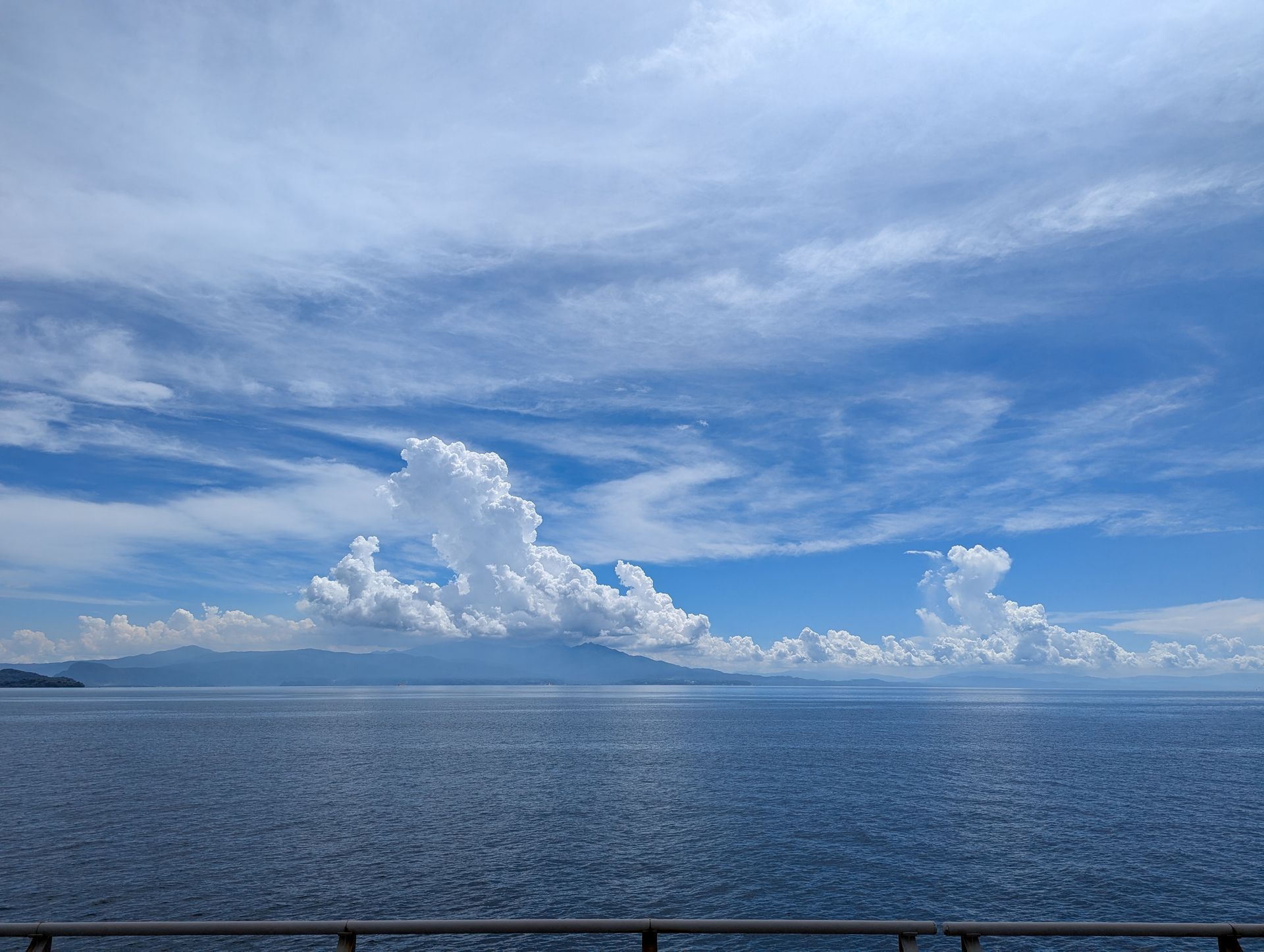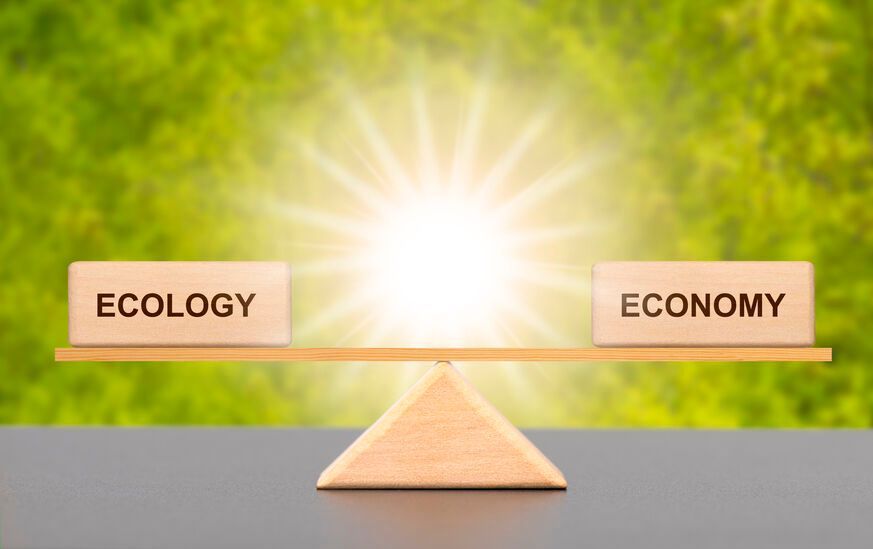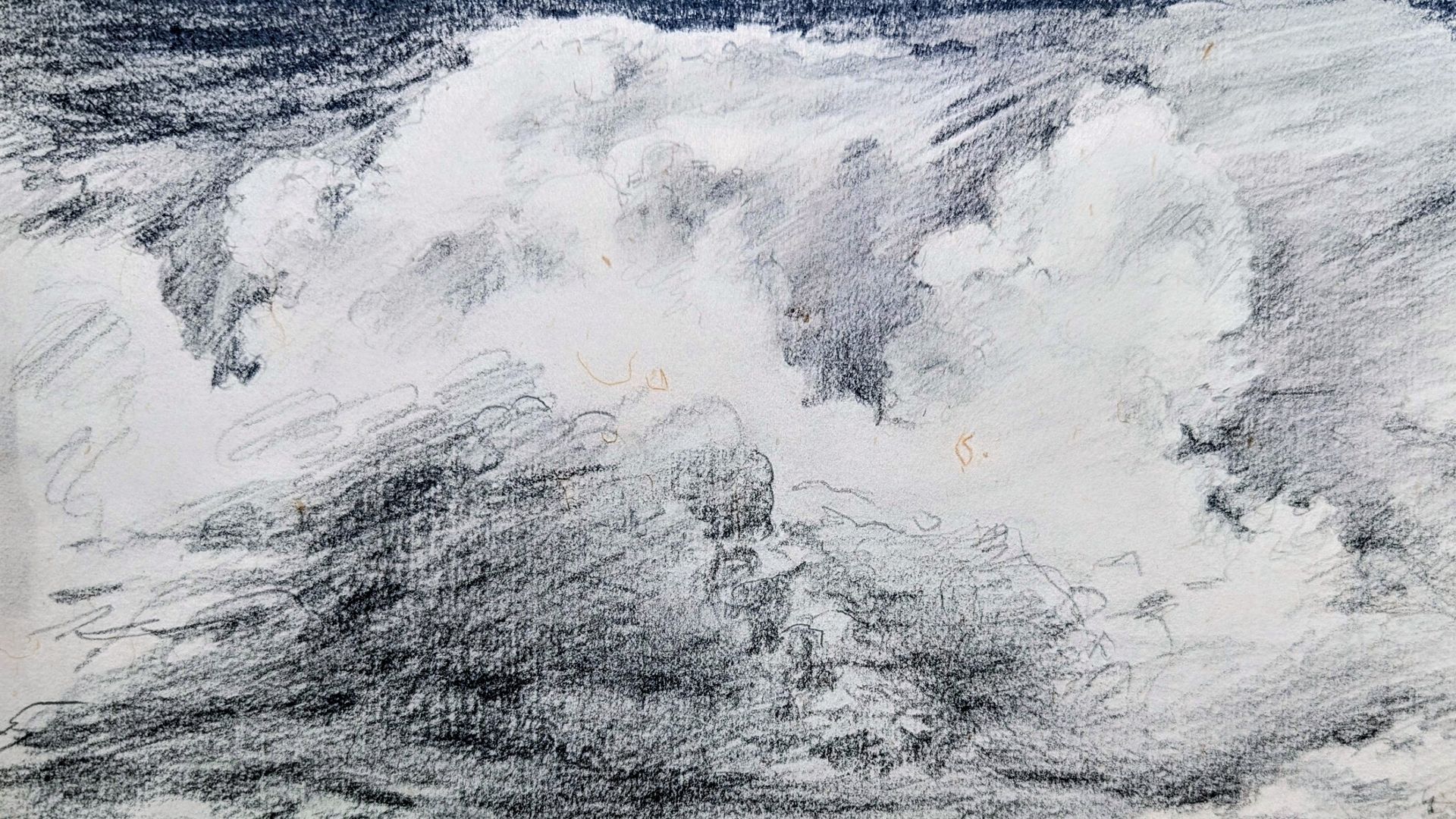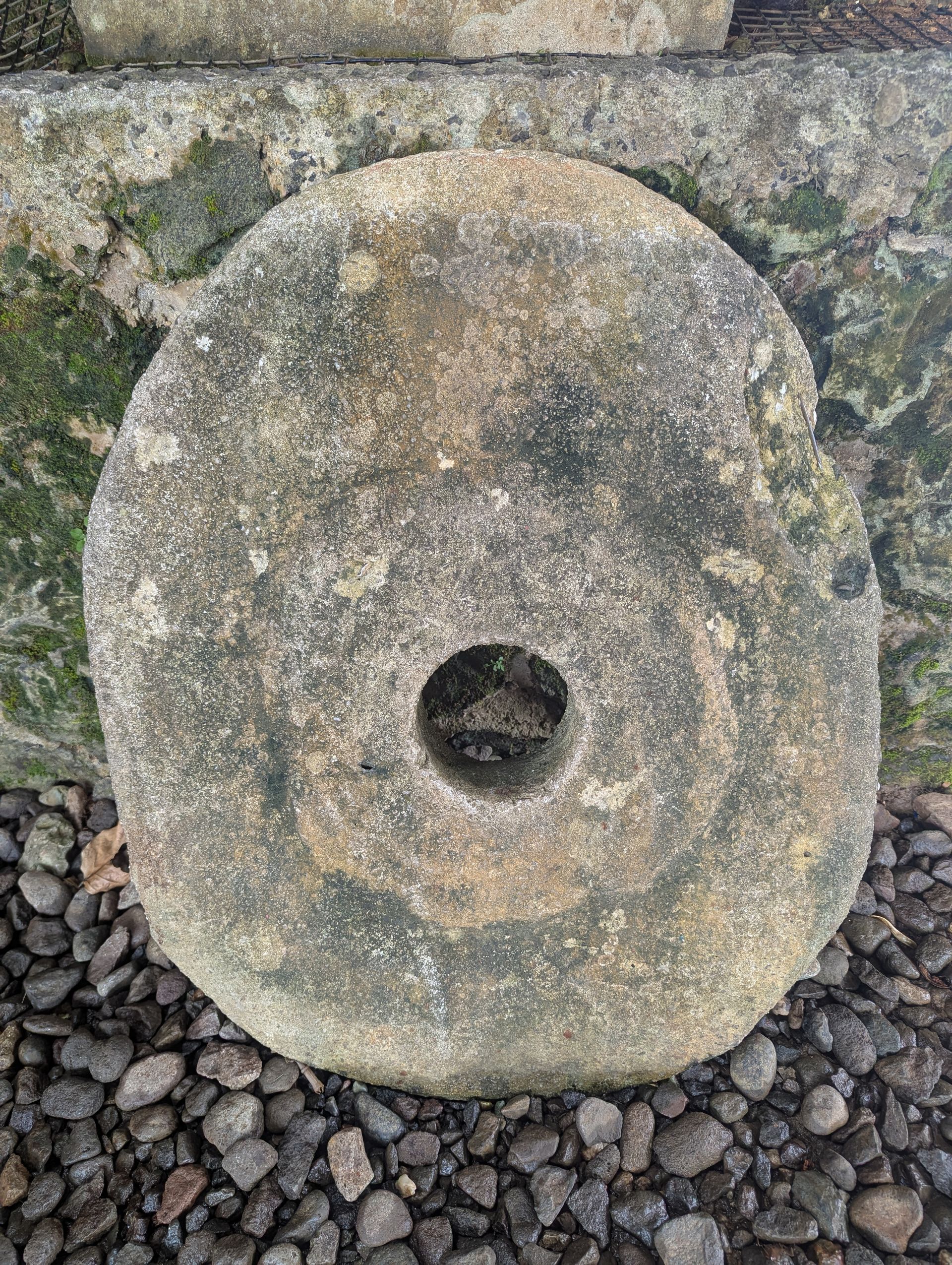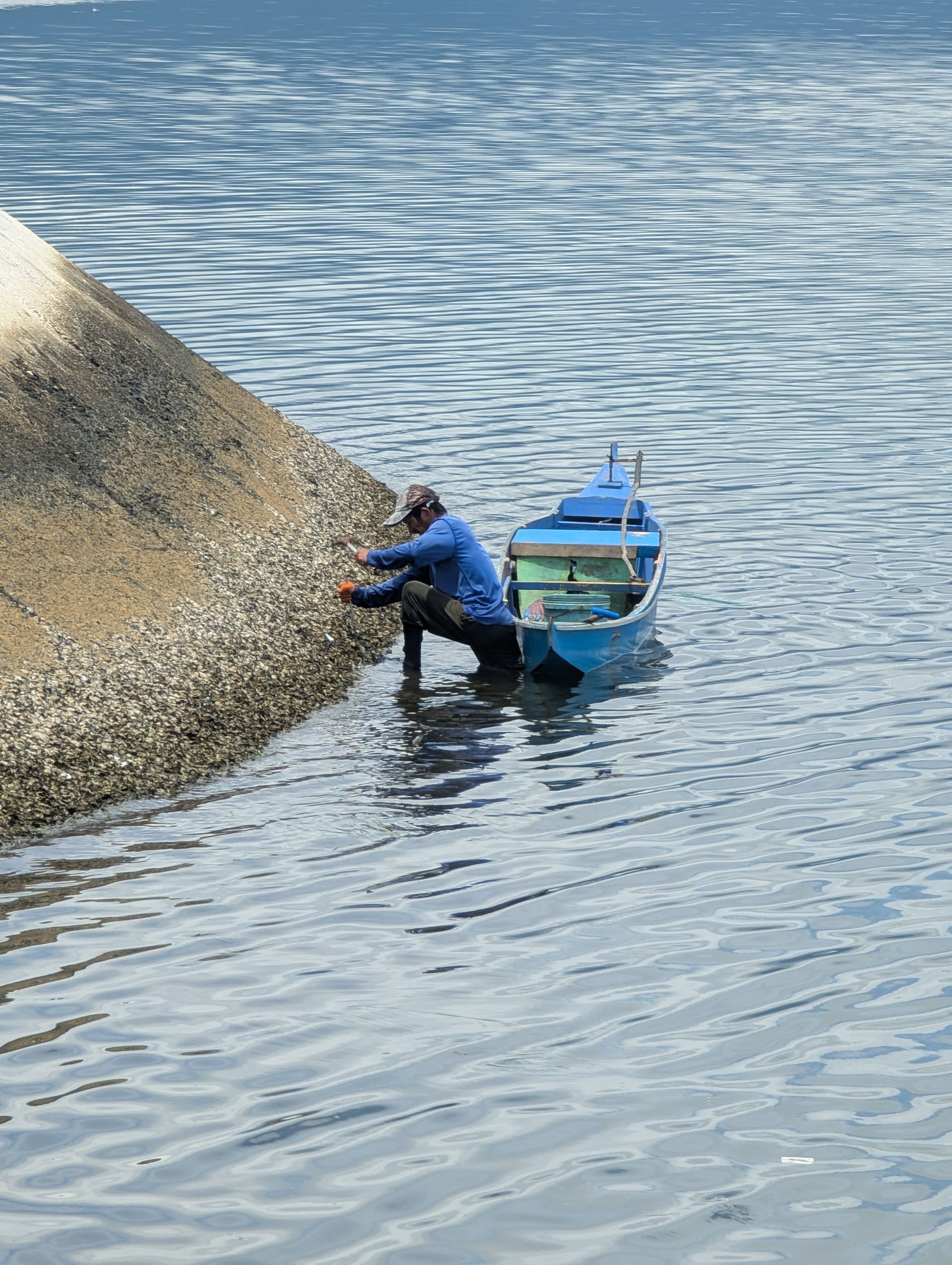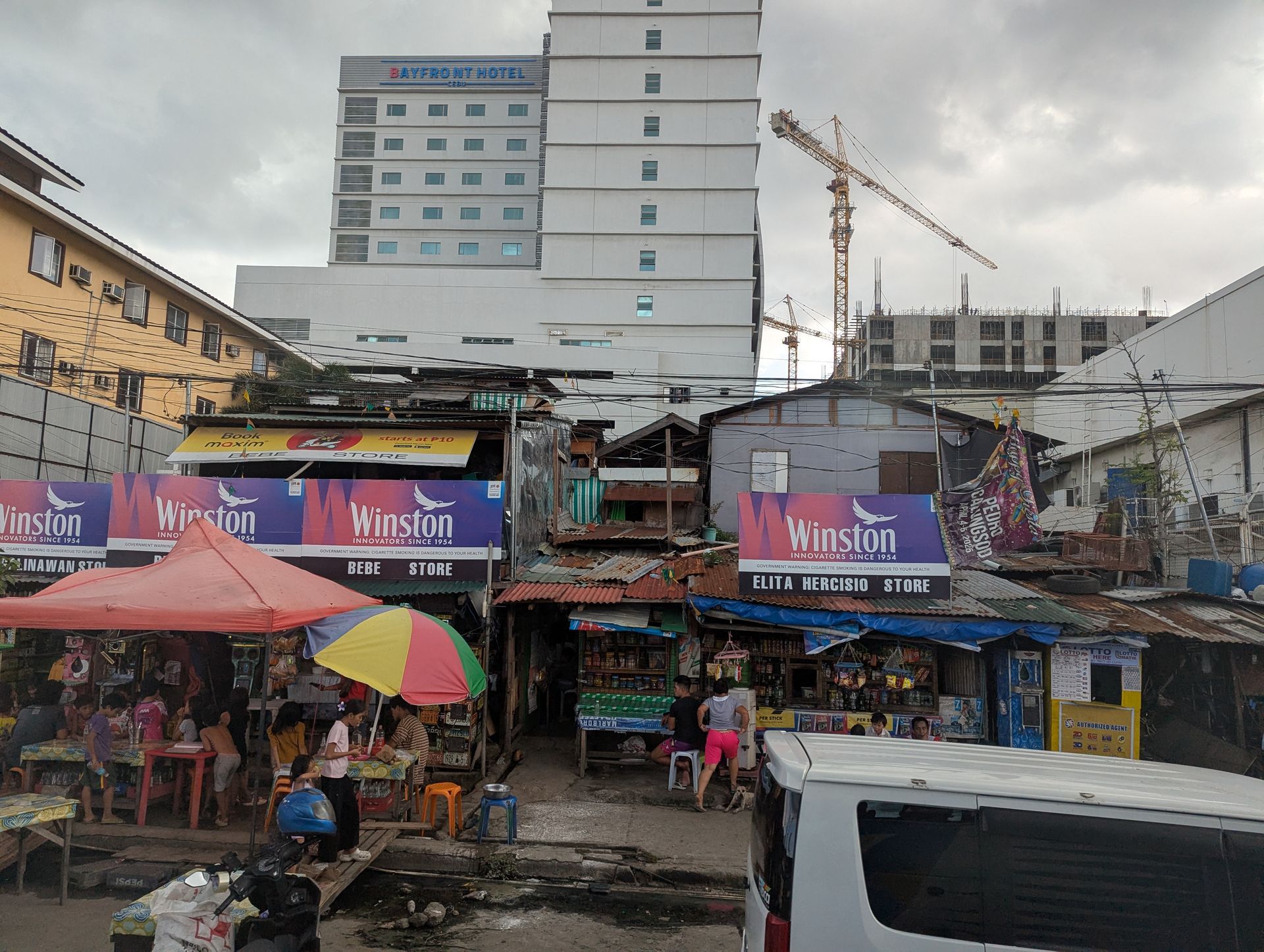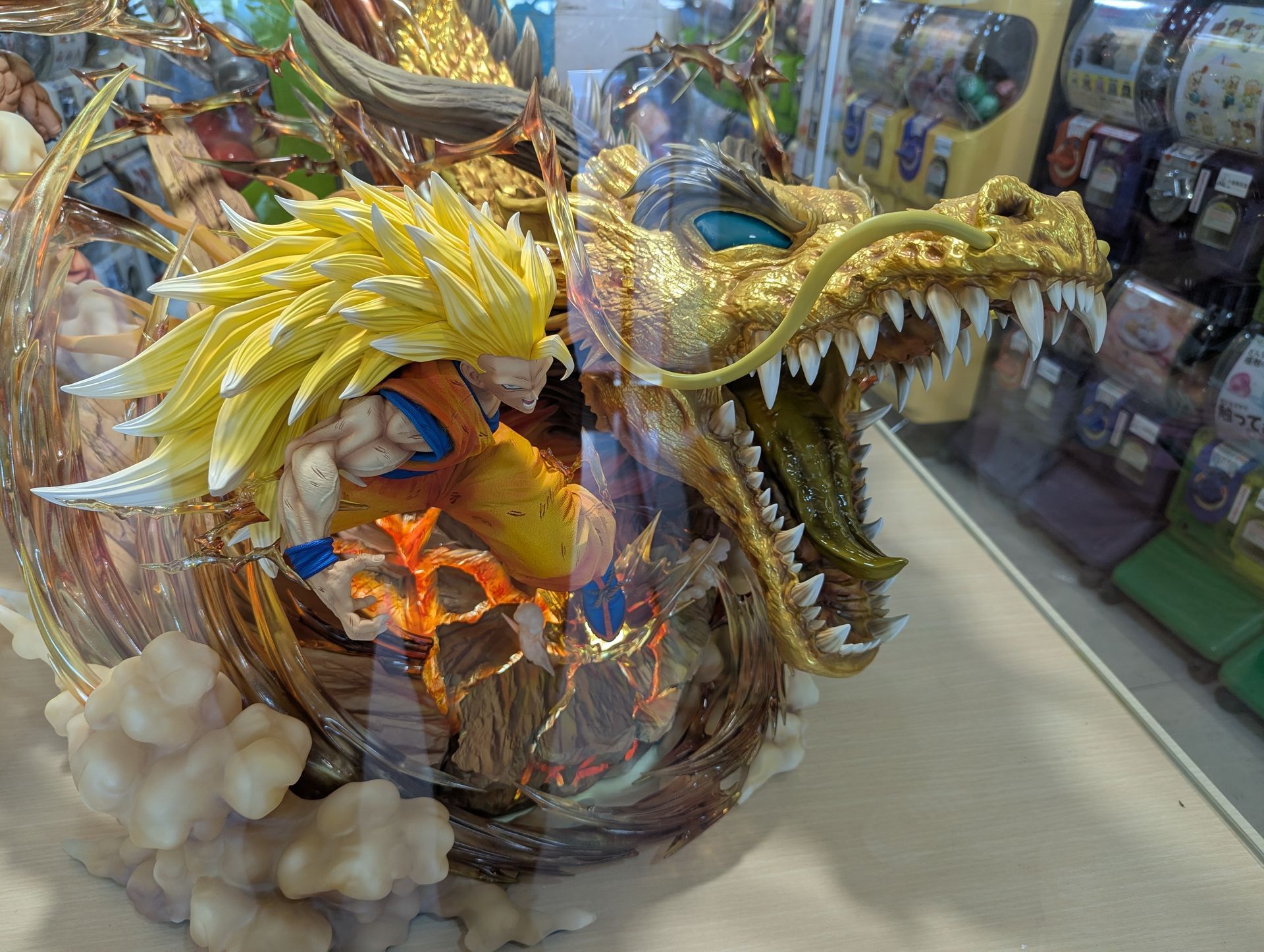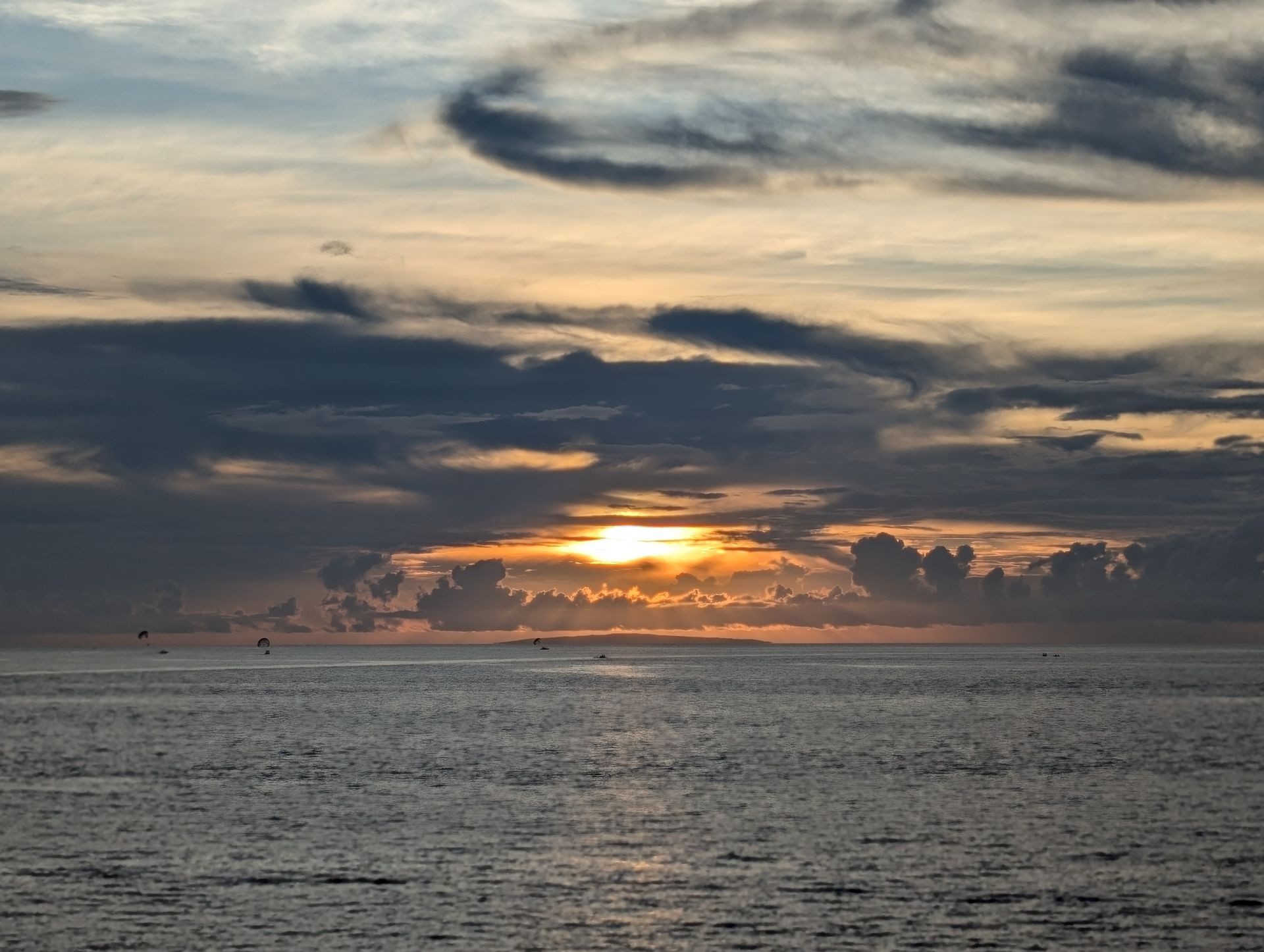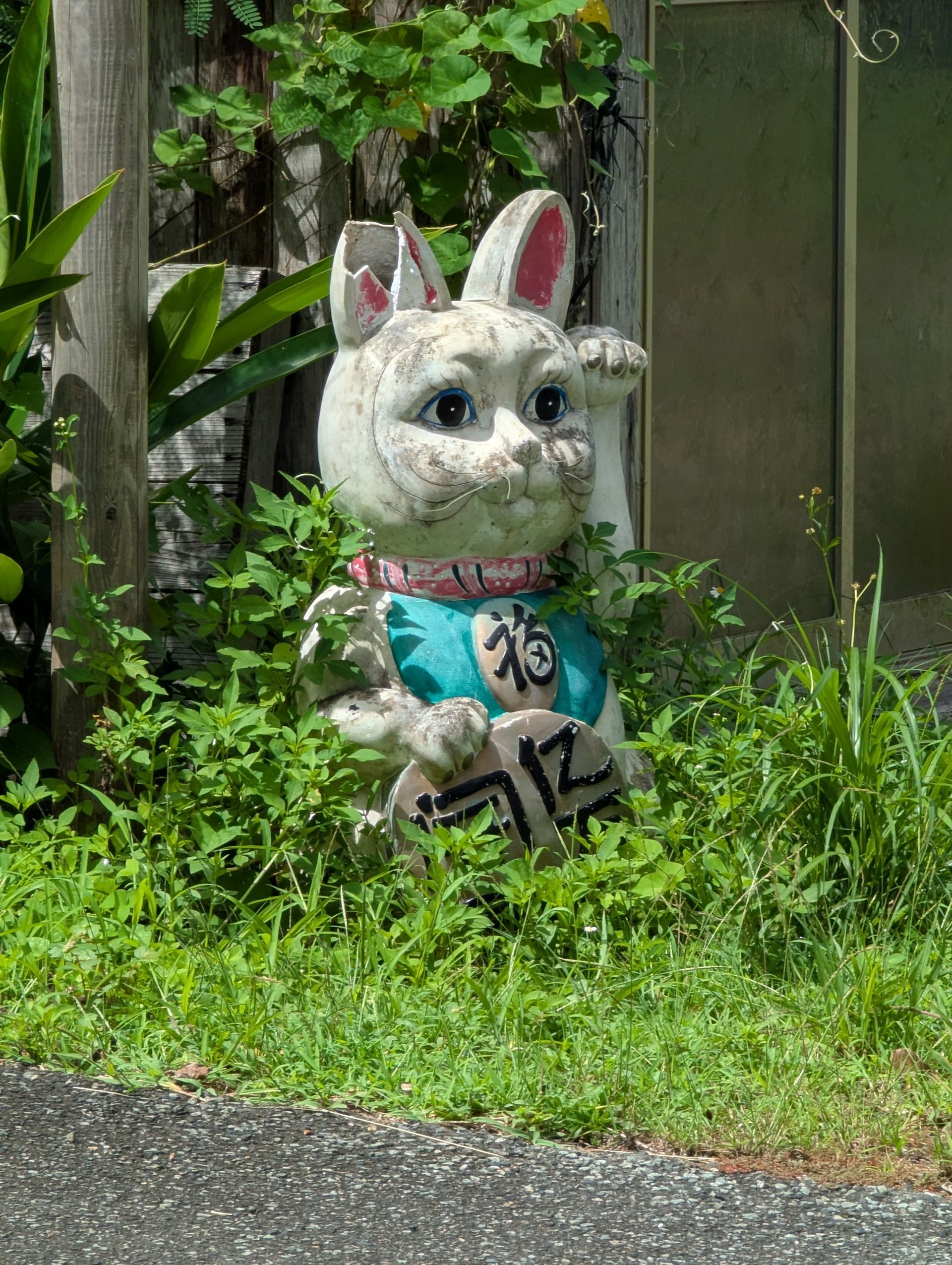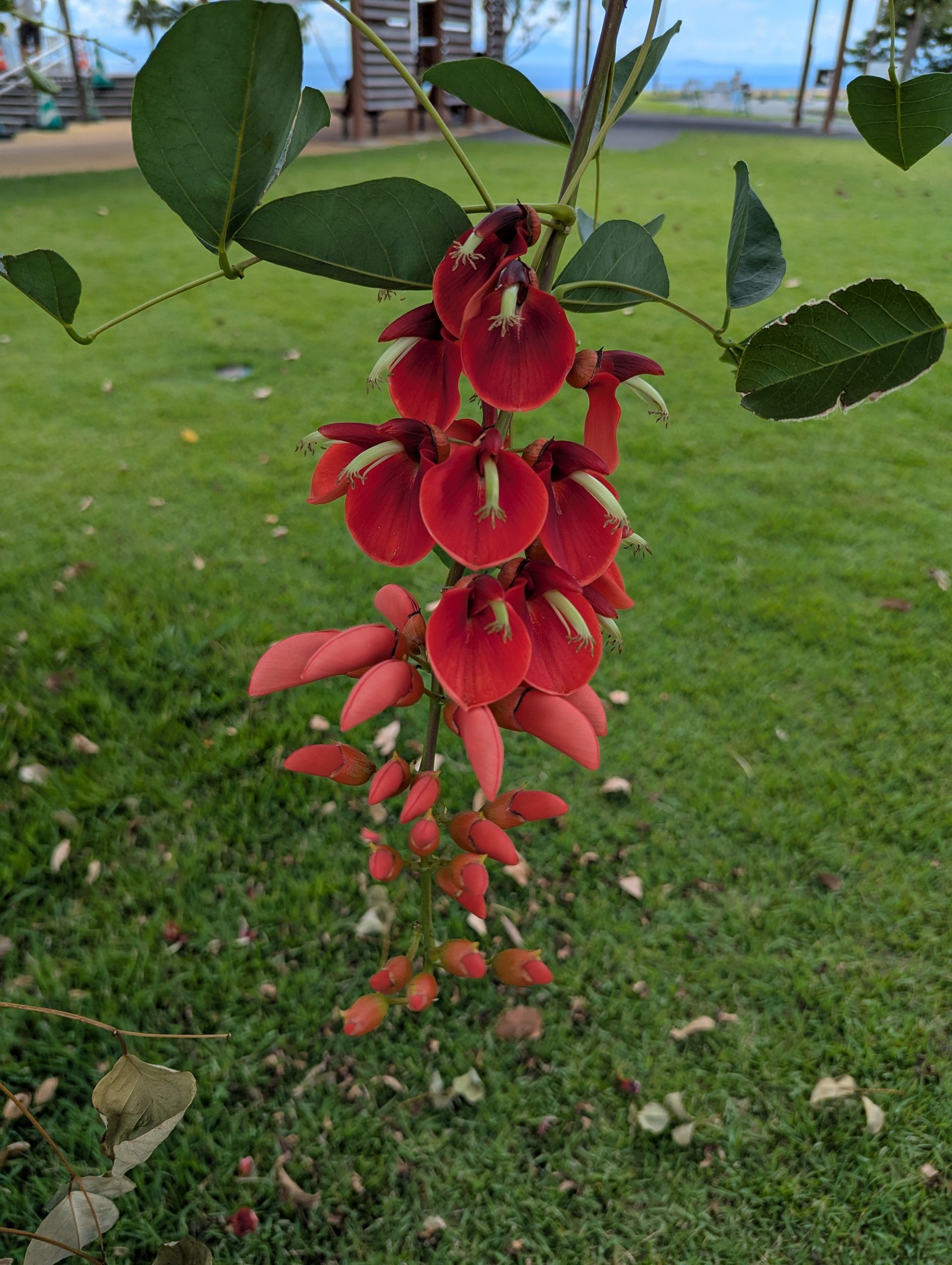How Climate Change Impacts Financial Stability
“You never change things by fighting the existing reality. To change something, build a new model that makes the existing model obsolete.” Buckminster Fuller
With the stock market now in a bear market, we are all wondering about financial stability. But, it is good to keep in mind that the ‘market’ is not an indicator of quality of life, (a majority of people don’t own stocks). Many things can impact our economy, and our lives—wars, pandemics, famines, climate change. In fact, climate change may be one of the biggest factors, when it comes to our financial stability. Unfortunately, financial stability will still be a dream for approximately 30% of our population, even if we somehow start to repair our climate under present dynamics.
Climate change impacts resource availability
As we all know, weather has a direct impact on agriculture and fisheries. It can also impact the availability of other resources such as lumber, oil, and more. When forest fire sweeps through an area, it can destroy lumber supplies; when a hurricane wreaks havoc on the Southeast coast, it can destroy fisheries; when droughts descend upon the Midwest, it can wither away crops. These tragedies can be traced back to our for profit economic structure, which demands unlimited resources from a finite planet, using fossil energy to collect, process and transport these resources. Our economic practices are contributing to and excellerating the present climate change. As global temperatures continue to rise, and fossil fuel use continues, the likelihood of weather extremes will also rise. We will have fewer resources to depend on, and companies will raise their prices to maintain their profits and pass this increase on to the consumer. We see this with groceries and fuel prices at this time. (Presently, it costs more in energy to get fuel out of the ground, refine it and get it to market, than the energy we are getting out of it. If fuel were not heavily subsidized by our government, it would be unaffordable.) By the way, if our economics were structured differently we would not have a climate crisis.
It limits travel
Many cities and countries around the world depend on tourism and trade. Both rely on travel. However, in a world where weather extremes like hurricanes, floods, forest fires, tornadoes become increasingly common, travel becomes more dangerous and expensive. Again, this relates directly to the World economics. Countries won’t be able to pay for resources they need for their citizens, because the money that tourism and trade brings has dried up. And the value of money is subjective…
Climate change signals instability
The stock market is notoriously sensitive. (But it really doesn’t have any feelings. We do.) Any sign of instability or uncertainty can cause stocks to careen downwards. This causes adjustments by the Fed that protect wealthy investors by passing the burdens of financial recovery onto the rest of us. Not only is “economics as usual” destroying our climate and environment, it is also destroying itself, by slowly destroying the most important and valuable resource of any economy, people.
What can we do?
As Fuller had advised, build a new model that makes the old one obsolete. We must create a parallel economy that will protect humanity and environment worldwide from birth, with food security, shelter, education, healthcare and infrastructure; empowering our most valuable resource, people. We don’t have to go into a financially unstable future. Energy Currency will help our present economic system become less expensive, less wasteful, and more stable over time. To learn more about Energy Currency, a non taxable currency, visit renew-the-earth.org or @SocialEconRTE.
